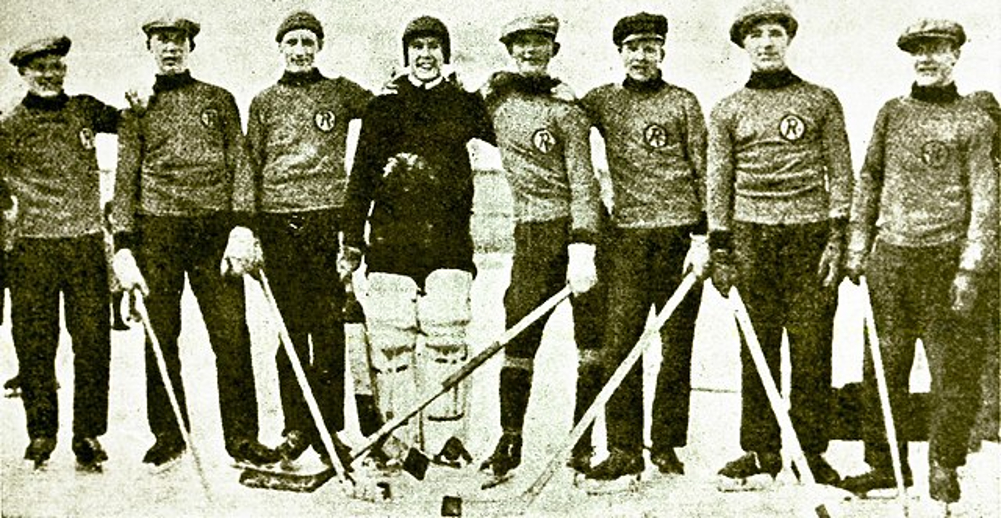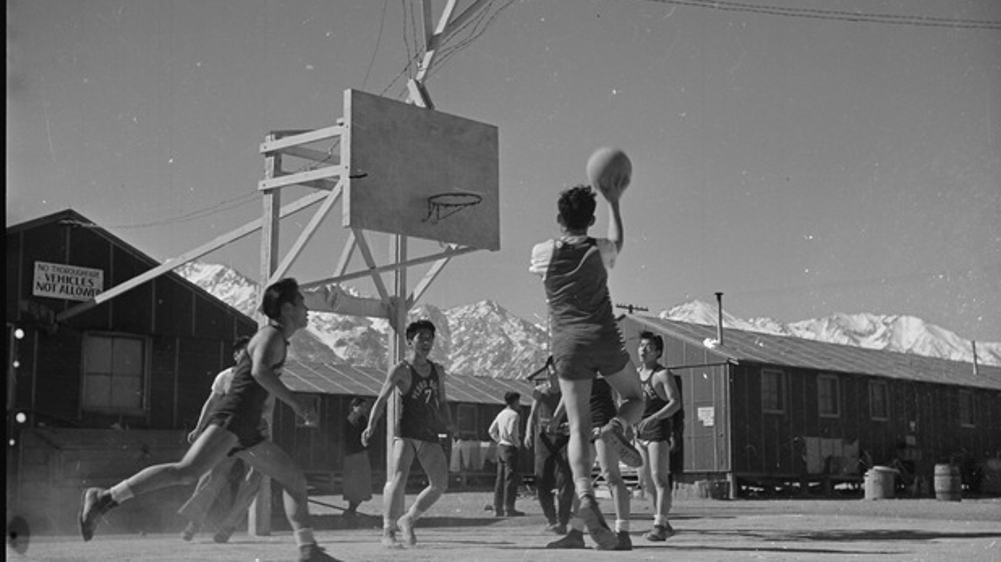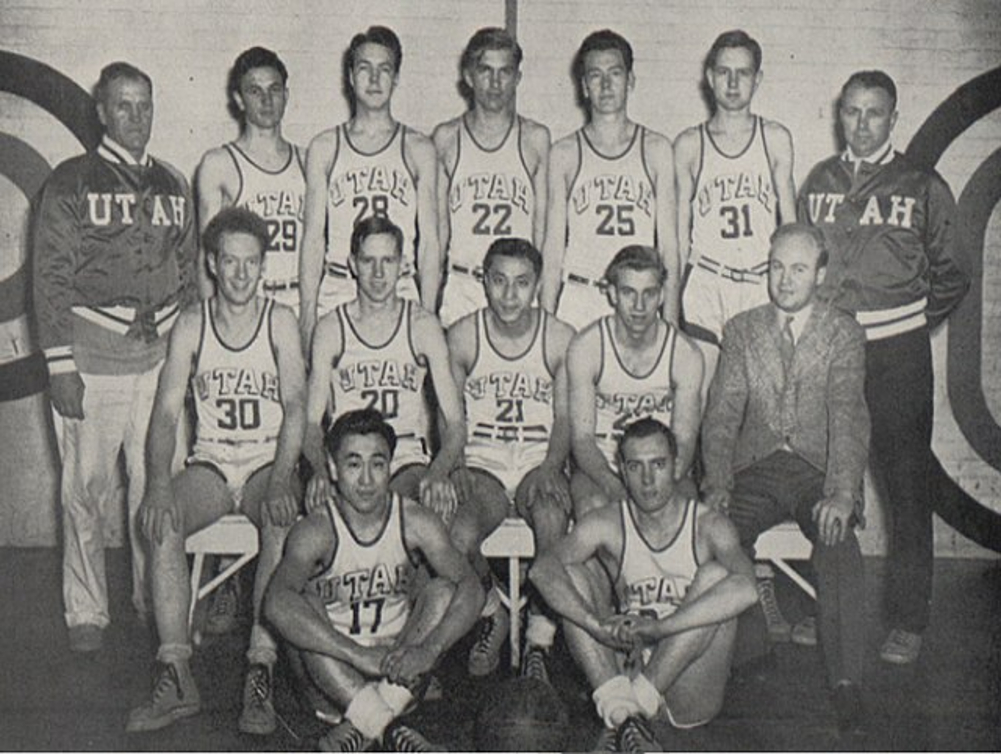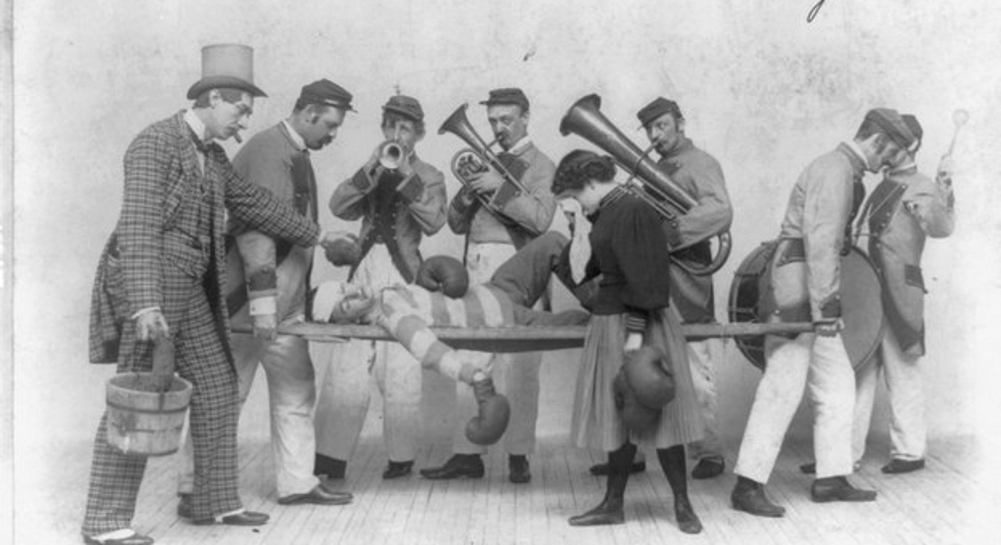Earl Monroe "The Pearl" of Basketball Finesse and Flair
Monroe possessed an unmatched arsenal of offensive moves. His signature "up-and-under" dribble and hesitation crossover left defenders bewildered, creating space for him to unleash his silky-smooth jump shot. He was a master of ball-handling, showcasing an ability to change direction and create scoring opportunities with ease.
While known for his offensive brilliance, Monroe wasn't a one-dimensional player. He exhibited a high basketball IQ and impressive passing ability, making him a valuable asset to his teammates. However, his individual brilliance sometimes overshadowed his team-oriented approach, leading to criticism and even trade talks early in his career.
In 1971, Monroe landed with the New York Knicks, joining forces with the legendary Walt Frazier. While their individual styles initially clashed, they eventually found a way to co-exist, leading the Knicks to the NBA Finals in 1973. Although they fell short of the championship, Monroe's contribution was undeniable, showcasing his ability to adapt and succeed within a team structure.
Monroe retired in 1980, leaving a legacy of unparalleled skill and artistry. He was inducted into the Naismith Memorial Basketball Hall of Fame in 1990, a testament to his impact on the game. His influence transcended generations, inspiring young players with his dazzling footwork and creative approach to the game.
Walt Frazier Basketball Legendary Guard
Drafted by the Knicks in 1967, Frazier quickly established himself as a defensive stalwart, earning seven All-Defensive First-Team selections. His ability to smother opposing guards and anticipate plays made him a crucial piece of the Knicks' championship runs in 1970 and 1973.
However, Frazier wasn't just a defensive specialist. He developed into a well-rounded offensive threat known for his clutch shooting, pinpoint passing, and uncanny ability to create scoring opportunities for himself and his teammates. He was a seven-time All-Star, averaging over 20 points per game during his peak seasons.
Beyond his individual accolades, Frazier's impact extended to the city of New York. He became a cultural icon, embodying the city's bravado and resilience. His flamboyant style, confident demeanor, and electrifying play on the court resonated with fans, solidifying his place as a Knicks legend.
Following his retirement in 1980, Frazier transitioned seamlessly into broadcasting, becoming a renowned commentator known for his insightful analysis and dry wit. He continued to be a vocal presence in the basketball world, sharing his knowledge and passion for the game with a new generation of fans.
Naismith Basketball Hall of Fame Guard, Walt Frazier played collegiate ball at Southern Illinois University and in the NBA with the New York Knicks and the Cleveland Cavaliers. Frazier is one of the top NBA players to have worn the Number 10 jersey.
Gilbert Arenas Basketball Star
Drafted by the Golden State Warriors in 2001, Arenas quickly established himself as a gifted scorer. He earned the Most Improved Player award in 2003 and blossomed into one of the league's most prolific scorers. His signature crossover dribble and clutch shooting made him a fan favorite.
In 2003, Arenas was traded to the Washington Wizards, where he formed a dynamic duo with teammate Caron Butler. During his peak years with the Wizards, Arenas averaged over 25 points per game and led them to several playoff appearances. He was a three-time All-Star and earned All-NBA selections, showcasing his offensive prowess and leadership qualities.
However, Arenas' career was also marred by injuries and off-court controversies. A knee injury in 2007 significantly hampered his athleticism and consistency. He also faced a suspension in 2010 for violating the NBA's firearm policy, derailing his momentum and tarnishing his image.
Despite his setbacks, Arenas briefly regained his scoring touch with the Orlando Magic in 2011. However, injuries continued to plague him, leading to his retirement in 2014.
Dennis Rodman Top NBA Defender
-Rise to Hoops Stardom
Rodman's journey to basketball stardom wasn't linear. Drafted late in the second round by the Detroit Pistons in 1986, he initially struggled to find his place. However, under coach Chuck Daly, Rodman blossomed into a defensive force. His relentless hustle, exceptional rebounding instincts, and ability to defend multiple positions made him a perfect complement to the Pistons' "Bad Boys" era. Despite limited offensive skills, Rodman's impact was undeniable. He led the NBA in rebounds for a record seven consecutive seasons (1992-1998) and played a crucial role in Detroit's back-to-back championships in 1989 and 1990.
Rodman's unconventional personality often overshadowed his talent. His well-publicized off-court antics, including late nights and flamboyant appearances, created friction with coaches and teammates. Yet, his competitive fire on the court remained undeniable. In 1995, he joined the Chicago Bulls, forming a formidable partnership with Michael Jordan and Scottie Pippen. Despite initial concerns about his fit, Rodman thrived under Phil Jackson's system, focusing his energy on rebounding and defense, contributing to the Bulls' historic three-peat in 1996, 1997, and 1998.
- Legacy of the Worm
Rodman's career transcended statistics. He brought a level of intensity and focus to the defensive end rarely seen before. His ability to disrupt opponents' plays and secure rebounds allowed his teammates to flourish on offense. He redefined the role of the power forward, showcasing that success could be achieved outside the traditional mold.
-Basic Information and Early Life
Born May 13, 1961, in Trenton, New Jersey, was Naismith Memorial Basketball Hall of Fame Forward Dennis Rodman. Known as the Worm, Rodman was a defensive and rebounding phenom during his playing days. Dennis played for the Detroit Pistons, San Antonio Spurs, Chicago Bulls, Los Angeles Lakers, and Dallas Mavericks of the NBA. He earned NBA All-Defensive First Team honors seven times and won the NBA Defensive Player of the Year Award twice. He also led the NBA in rebounds per game for a record seven consecutive years and won five NBA championships. On April 1, 2011, the Pistons retired Rodman's No. 10 jersey.
The Unfulfilled Promise of Bob Houbregs
Houbregs' journey began at the University of Washington, where he established himself as a force to be reckoned with. Standing at a formidable 6-foot-8, he possessed a rare combination of size, athleticism, and shooting prowess. Nicknamed "The Golden Brett" after his father Bobby Houbregs, a baseball player, he was known for his powerful one-handed jumpshot, a rarity in the 1950s. In his senior year, he averaged a staggering 34.8 points per game in the postseason, leading the Washington Huskies to the Final Four and earning him the title of NCAA Player of the Year.
Drafted second overall by the Milwaukee Hawks in 1953, NBA expectations were high. Houbregs didn't disappoint in his rookie season, showcasing his offensive skills and averaging a respectable 9.3 points per game. He seemed poised to become a cornerstone for the young franchise.
However, fate intervened in December 1955. During a game against the Knicks, Houbregs collided with a basket support, suffering a devastating back injury. He underwent surgery and missed the remainder of the season. While he attempted a comeback the following season, the injury significantly hampered his mobility and explosiveness. After playing just eight games in 1956-57, Houbregs was forced to retire at the age of 24, his NBA career tragically cut short.
Despite the brevity of his professional career, Houbregs' impact is undeniable. He holds the record for the highest scoring average in a single NCAA tournament (minimum four games) at 34.8 points per game. His influence extended beyond statistics – his one-handed jumpshot inspired future generations of players.
Bob Houbregs' legacy serves as a reminder of the fragility of athletic careers. He was a player with immense potential, destined for greatness, whose trajectory was tragically altered by injury.
Born March 12, 1932, in Vancouver, British Columbia, Canada was Bob Houbregs, a Basketball Hall of Fame Center and Power Forward drafted by the Milwaukee Hawks, in 1st round (3rd pick, 3rd overall), of the 1953 NBA Draft. Bob was Inducted as Player in 1987 to the Hall of Fame. He wore the jersey number of 14, 10, 20, 8, and 17. Houbregs played college basketball at the University of Washington.
Earl Monroe Basketball Legend
Bob Dandridge An Underappreciated Pillar of Success
Drafted in the fourth round by the Milwaukee Bucks in 1969, Dandridge found himself alongside the likes of Kareem Abdul-Jabbar and Oscar Robertson. He quickly fit into the system, showcasing his versatility with his ability to score, rebound, and defend. His contributions were crucial in the Bucks' historic championship run in 1971, where he nearly averaged a double-double throughout the playoffs.
Throughout his 13-year career, Dandridge remained a consistent force. He was a four-time NBA All-Star, showcasing his offensive prowess by averaging over 18 points per game throughout his career. However, his true value lay in his well-rounded skillset. He was a defensive stalwart, earning All-Defensive First Team honors in 1979, and his basketball IQ allowed him to excel in any role he was assigned to.
In 1978, Dandridge found himself traded to the Washington Bullets, reuniting with Elvin Hayes and Wes Unseld. This move proved pivotal, as they led the Bullets to their first NBA Finals appearance in 1979. Although they fell short, Dandridge displayed his leadership and scoring prowess, averaging over 20 points per game in the series.
Dandridge retired in 1981, leaving behind a legacy of contributions beyond mere stats.
Born November 15, 1947, in Richmond, Virginia, was Naismith Memorial Basketball Hall of Fame Forward Bob Dandridge. This legend was a four-time NBA All-Star, a former Rookie of the Year, and an NBA Defensive Player of the Year Award winner. Dandridge played on the Milwaukee Bucks and the Washington Bullets during a 13-year NBA career that saw him on two NBA Championship squads.













